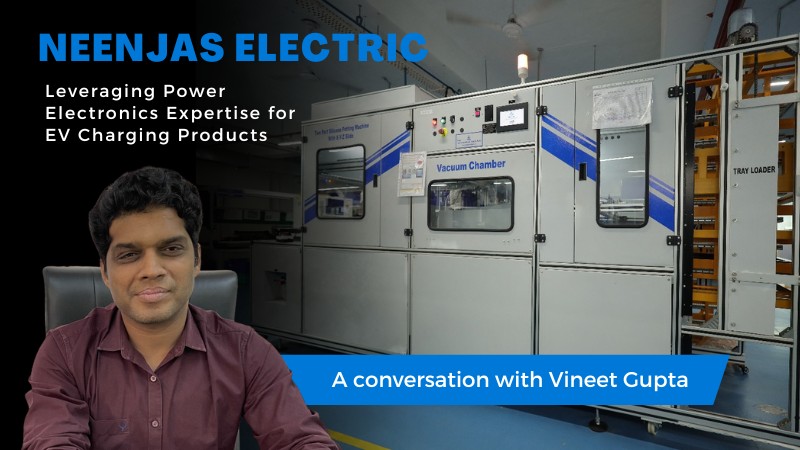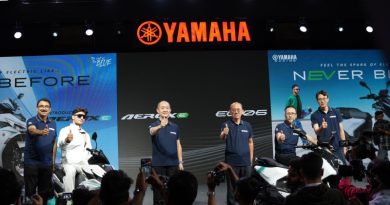Decoding Neenjas Electric’s Approach to Future-ready EV Charging Solutions
As India’s EV ecosystem develops, Neenjas Electric is focusing on power electronics-based solutions for locally adapted EV charging systems. In this interaction, Vineet Gupta, Director at Neenjas Technologies Pvt Ltd, outlines the company’s product portfolio, including its 3.3kW On-Board Charger, discusses challenges in standardization, and shares plans for advancing bidirectional charging and energy storage technologies.
How has your core expertise in power electronics influenced Neenjas Electric’s positioning and value proposition within India’s EV ecosystem?
Neenjas Electric’s foundation in power electronics is not just a technical advantage—it’s our strategic differentiator. Our in-house capabilities span power electronic design, firmware, thermal engineering, and systems integration, allowing us to build products that are robust, grid-resilient, and tailored to India’s unique electrical conditions.
With over 10 years of deep expertise in Embedded and SMPS systems, with proven products in the international market, especially the Middle East and the USA, our field-tested solutions reflect a legacy of innovation, precision, and reliability. This depth has positioned us as a trusted partner for OEMs and fleet operators seeking reliable, scalable EV charging solutions. Our value proposition lies in delivering Made-in-India chargers that meet global standards while being optimized for local realities.
What is your current product line-up, and what specific EV segments are you targeting?
As the 2W and 3W segments move toward full electrification, we’re aligning with OEM trends by pivoting to IP-rated designs and next-gen On-Board Charging (OBC) solutions. Our newly launched integrated OBC + DCDC platform marks a major milestone in delivering compact, reliable, and scalable EV power systems.
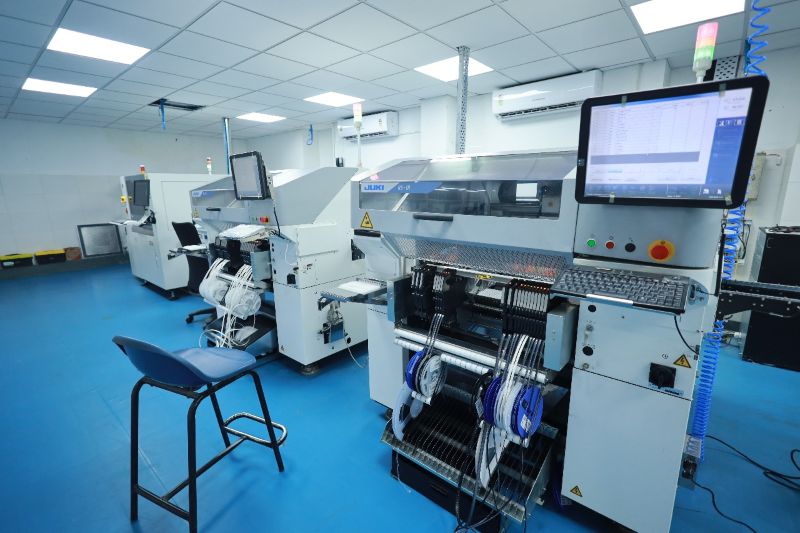
Our product portfolio includes:
- On-Board Chargers (OBCs) – including India’s first digital OBC at 3.3 kW
- Off-Board Chargers – 900W for 2W, 1.5kW-2.2kW for L3 & 3.3kW for L5.
- Mach10 Platform – tailored for heavy-duty EVs and industrial fleets
We serve a wide spectrum of EV segments:
- L3 is the most promising sector, as it’s shifting from lead-acid to LFP batteries.
- L5: Focusing on E-auto, Loader Electric forklifts, golf carts, and utility vehicles
- Heavy-duty commercial EVs
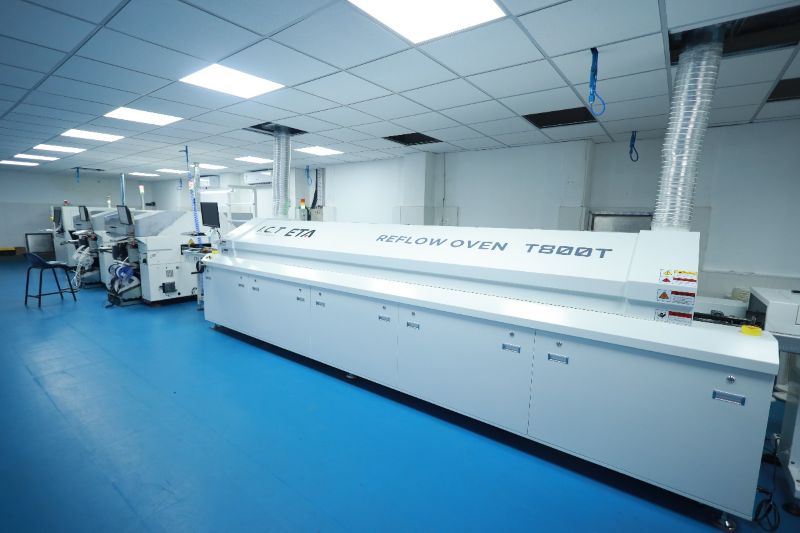
What are the key operational or market challenges you’ve faced in scaling Neenjas Electric, and how are you addressing them?
1. Adapting to OEM Diversity: While the automotive industry’s lack of standardization—with varying battery voltages, communication protocols, and connectors—poses an initial challenge, we’ve transformed this complexity into a strategic strength. Our in-house software expertise enables us to develop customizable, future-ready solutions that ensure seamless compatibility with all major OEM requirements.
- Multi-Protocol Support: Our chargers operate flawlessly with both CAN and non-CAN battery systems, adapting dynamically to diverse protocols.
- Flexibility as a Differentiator: By prioritizing interoperability, we’ve positioned ourselves as a go-to partner for OEMs navigating transition phases.
2. Tier 1 Entry Barriers & Tier 2 Opportunities
Entering the Tier 1 supplier ecosystem requires rigorous certifications such as IATF 16949, which can be time-intensive for new players. Rather than viewing this as a roadblock, we’ve adopted a dual-path strategy:
- Tier 2 Focus: We actively collaborate with emerging EV innovators—agile startups and dynamic enterprises eager to integrate cutting-edge charging technology. This segment values speed and innovation, aligning perfectly with our adaptive approach.
- Future-Readiness: Simultaneously, we’ve invested in state-of-the-art design and manufacturing processes, achieving IATF 16949 and ISO 14001 certifications within two years. This foundation now accelerates our Tier 1 ambitions.
What is the future roadmap for Neenjas Electric in terms of technology, partnerships, or market expansion?
1. Leading the Charge in Bidirectional Technology
We are at the forefront of Vehicle-to-Load (V2L) and Vehicle-to-Grid (V2G) innovation, integrating these capabilities into our next-generation onboard chargers (OBC). Our vision is clear: bidirectional charging will redefine energy utilisation, transforming EVs into mobile power sources—whether for fleet operators optimising downtime or passenger vehicles supporting homes during outages.
- Milestone Achieved: Successfully developed India’s first 2.2kW OBC-DC/DC converter with V2L functionality.
- Roadmap Ahead: Scaling up to 6.6kW–22kW systems with full V2G compatibility, enabling grid stabilization and energy arbitrage.
2. Expanding Beyond EVs: Solar & Energy Storage
Leveraging our deep expertise in power electronics, we’re diversifying into solar inverters and energy storage systems (ESS)—key pillars of India’s renewable energy transition. These solutions will:
- Maximize Solar ROI: Enable seamless EV charging via solar power.
- Strengthen Grid Resilience: Support decentralized energy networks with smart, grid-interactive technologies.
What specific customer needs or industry gaps led to the development of 3.3kW OBC, especially for heavy-duty EVs?
Heavy-duty EVs require fast, high-power charging solutions with thermal stability and fault tolerance — which many existing EV chargers struggled to deliver in Indian conditions. Our 3.3kW OBC was born from extensive field studies and OEM collaborations, where we identified a gap in compact, high-power EV chargers with native support for diagnostics and fleet-level intelligence. Our OBC delivers on this by offering real-time analytics, flexible charging protocols, and robust thermal management.

How important is multi-protocol support in the Indian EV charging ecosystem, and how do you ensure seamless integration across different vehicle types?
India’s EV ecosystem is highly heterogeneous—with varying connector types, voltage levels, and communication protocols. Multi-protocol support is non-negotiable for interoperability and scalability. Our chargers support:
- CAN, Bootloader & 3.3kW OBC are compatible with OCPP communication.
- DC fast charging standards & compliant to AIS-156 guidelines.
- Seamless handshake with vehicle BMS across brands
This ensures plug-and-play compatibility and reduces downtime across all applications.
What kind of field conditions or customer challenges were considered while building these protections into the product?
We’ve engineered our products to handle:
- Extreme temperatures (from -10°C to +65°C)
- Dust and moisture ingress (IP-rated enclosures)
- Voltage surges and grid instability
- Remote diagnostics for rural deployments with bootloader through OTA.
These protections are validated through rigorous testing—thermal simulations, surge testing, and epoxy potting for sensitive components.
Do you see growing demand in this industrial EV segment, and how does 3.3kW OBC position itself to meet that demand?
The highest penetration in the EV segment is E3Ws, which account for more than 34.3% penetration. We always believed E3Ws would adopt faster, considering the major use case for last-mile connectivity and cargo delivery. The market was focused on 2.2 kW off-board chargers, but we could see a strong shift coming to the 3.3 kW segment.
The 3.3KW OBC was designed to address the significant market shift and to cater to a specific customer looking for a compact, reliable OBC charger that meets all AIS standards, including ECER10 compliance. It took us 1.5 years to develop the product. Since we were targeting L5, we can see a big paradigm shift not only in L5 but also in heavy-duty Electric motorcycles, with 3.3KW OBC becoming the standard solution to meet consumers’ fast-charging demand.
Moreover, the product is used as a rectifier for many fast charging fleet operators.
With evolving AIS standards and vehicle-grade reliability expectations, how future-ready is your EV charger platform?
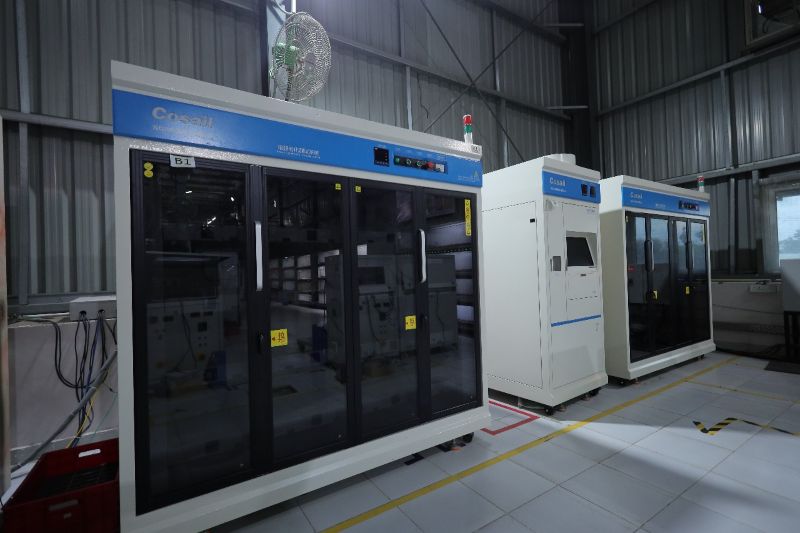
Our EV charger platforms are designed with AIS-138 and AIS-156 in mind, ensuring safety, interoperability, and reliability.
Rather than relying solely on software workarounds, we invest heavily in robust circuit design, EMI/EMC compliance, thermal resilience, and hardware-level protections, ensuring our chargers perform reliably across varied and often harsh Indian operating environments.
This future-ready design ensures that our partners can build vehicles that not only comply with today’s norms but are also prepared for the next regulatory wave.
Subscribe & Stay Informed
Subscribe today for free and stay on top of latest developments in EV domain.
